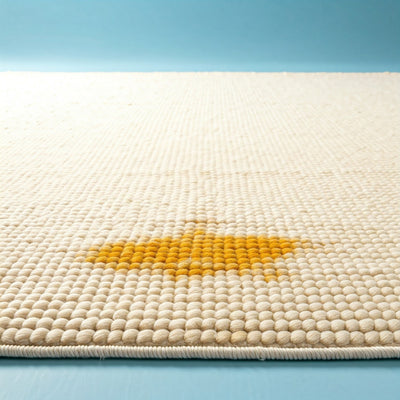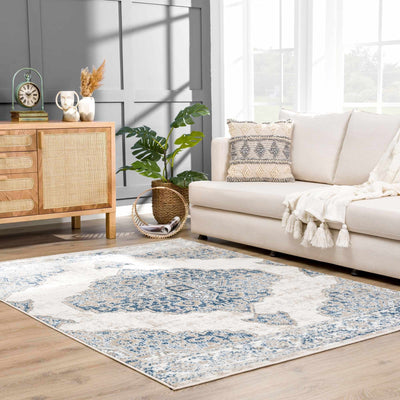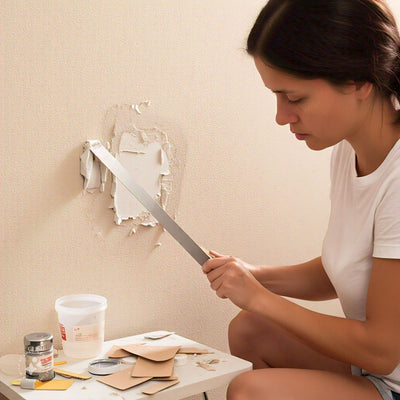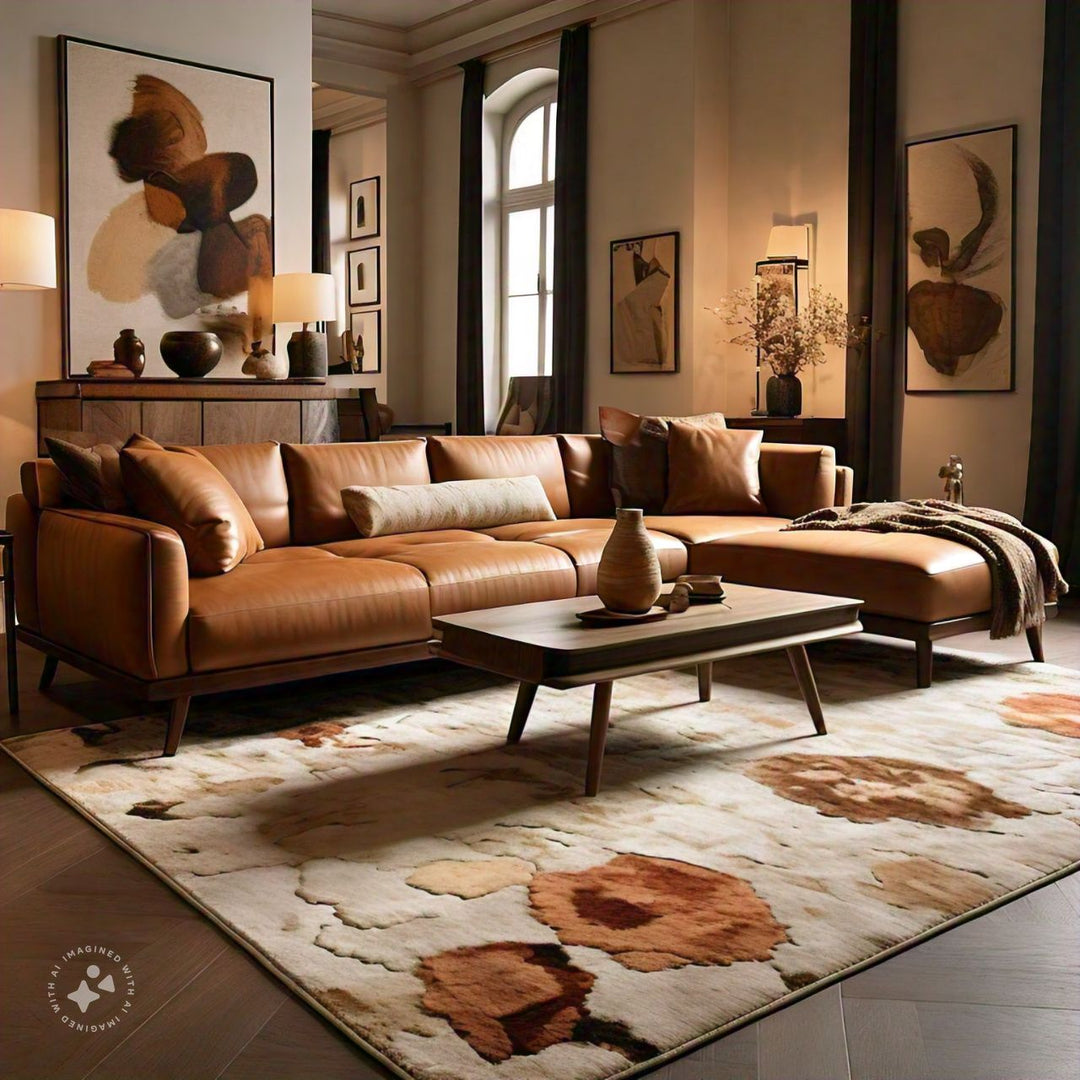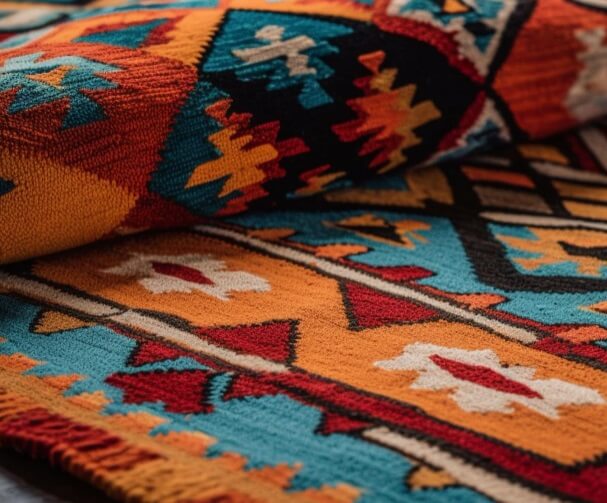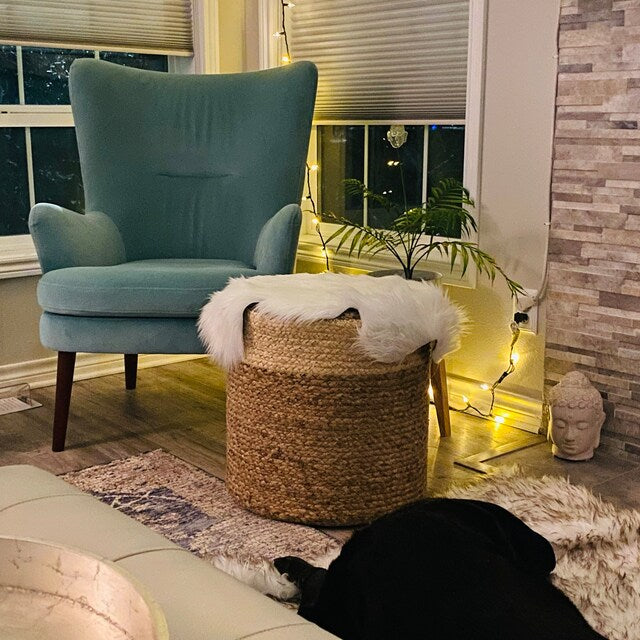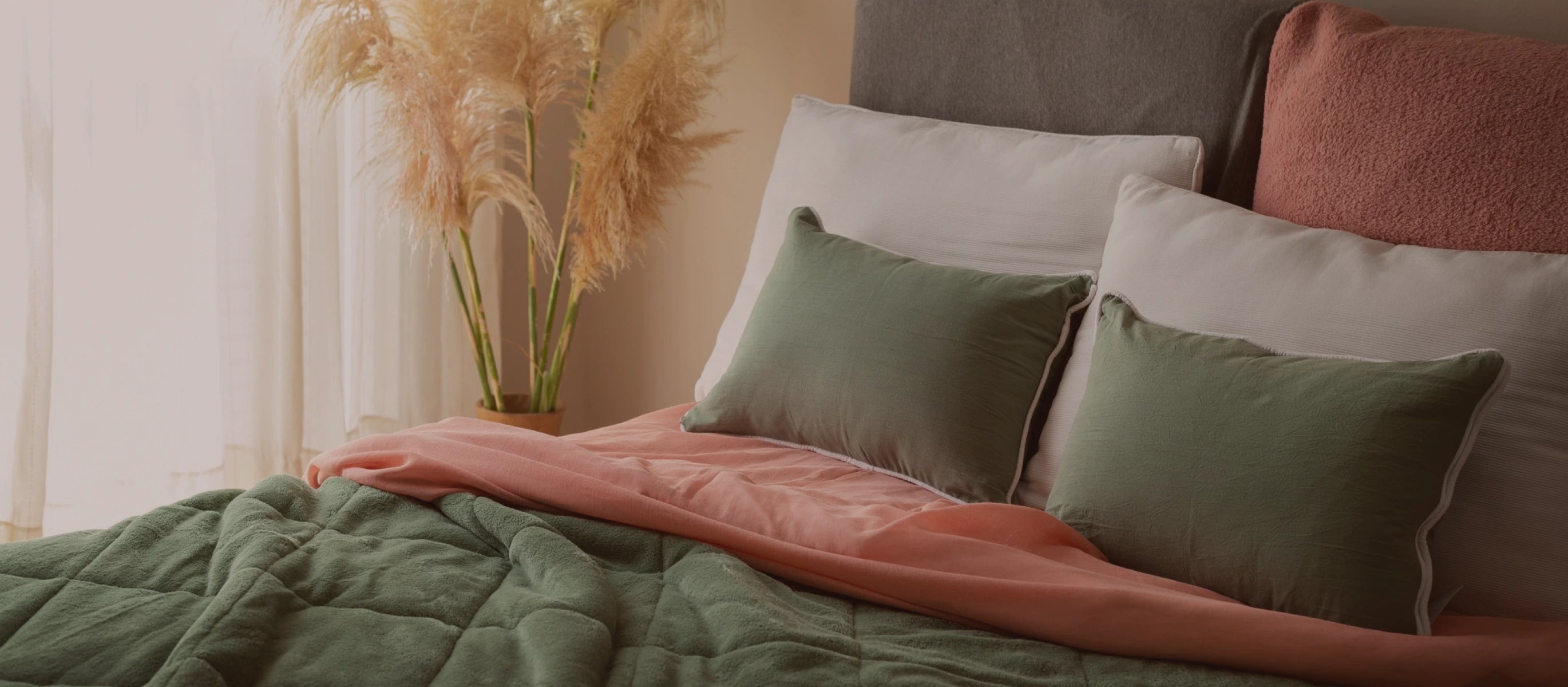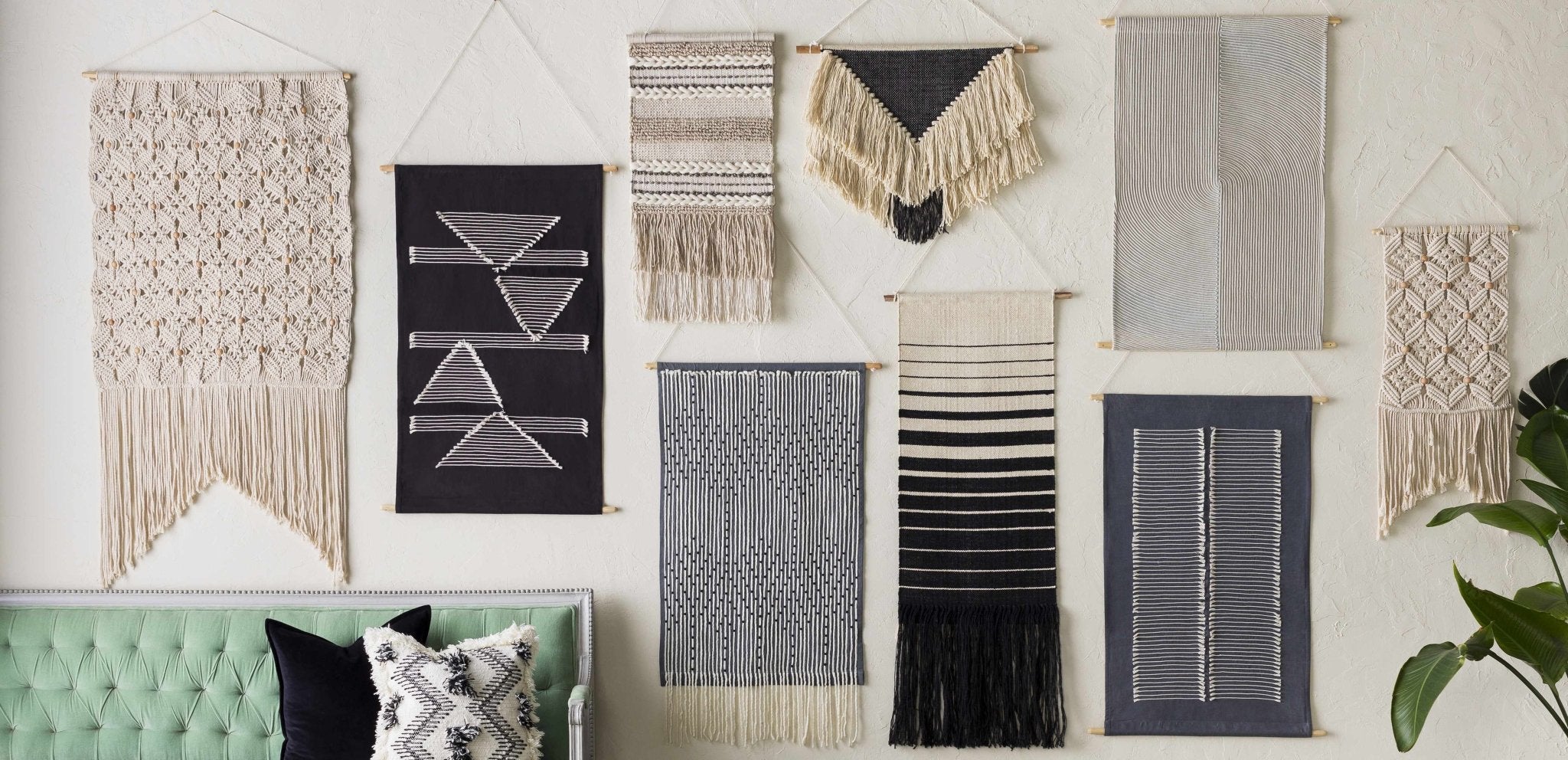History of Moroccan Rugs
What is a Moroccan rug?
Amidst the vibrant ambiance of Morocco, their traditional rugs are symbols of the country’s past as well their culture that showcases rich tapestry. Moroccan rugs feature beautiful and intricate designs that have cultural significance, and are timeless symbols reflecting the soul of Morocco.
While discussing about Moroccan rugs history, note that the art of weaving these rugs was introduced by the Berber people. These rugs still act as mediums to tell the world about the glory of Morocco’s nomadic history. Every rug is a unique testament of cultural expression, beliefs, and traditions of the country, and especially the weavers.
The patterns on these rugs represent a unique language that is very beautiful. Geometric patterns, symbols, and colors combine to form visual poetry. Diamond patterns, for example, may represent protection and warding off evil, but zigzags may reflect how the flow of life is so uneven.
Moroccan rug weaving is based on craftsmanship. The procedure involves complete manual weaving by trained craftsmen who have excellent knotting skills passed down through generations. The final outcome is more than just a simple rug; it is a labor of love, a physical statement of the weaver's commitment to preserving the uniqueness of their trade. Learn more about terms related to moroccan rugs on our rug glossary page.
These rugs have crossed cultural barriers far beyond Morocco's borders. Their distinct blend of antiquity and modern attractiveness has made them sought-after pieces in the global market of interior design. Moroccan rugs are more than just floor coverings; they are cultural treasures that add a touch of exotic charm to homes worldwide.

Shop Now - Ivory and Blue Moroccan Rug
Finally, a Moroccan rug is a piece of living history, a cultural item that ties us to past customs and craftsmanship. Learning about Moroccan rugs history means exploring the legacy of a vibrant and enduring culture that continues to captivate hearts throughout the world as we walk on these woven masterpieces.
History of Moroccan rugs
Moroccan rugs history emerges as a tale of tradition, art, and culture that transcends centuries. Understanding details of these rugs is almost like taking a trip through the lanes and tribes of yesteryear North African regions.
Moroccan rug-making can be traced back to the local Berber people, who have lived in the area for over a millenium. The artistry of making these carpets finds its roots in the Berber nomadic culture, functioning not only as functional floor coverings but also as movable souvenirs of art and identity. The Berber rug weaving tradition, which has been passed down through generations, represents a balanced blend of necessity and artistic ingenuity.
Moroccan rugs were traditionally utilitarian, designed to provide warmth and protection from the harsh desert climate. These art of weaving these rustic rugs, however, evolved over the years into intricate works of art, bearing with them the history and symbolism of the people that brought them to life. Each rug became a visual archive of cultural traditions and societal ideals, showcasing the strength and spirit of the people of Berber community irrespective of the changing environment and situations.
Moroccan rug patterns are like chapters in a history book. Geometric patterns, tribal symbols, and brilliant colors express stories about protection, fertility, nature, and more. The motifs represent the weavers' connection to the earth, spirituality, and belief systems.
Moroccan rugs became more than just artworks as they made their way into global markets. In fact, they became representatives of a rich cultural tradition. Today, the timeless beauty of these rugs continues to enchant the world, preserving the region's history and tradition in every carefully woven fiber. Moroccan rugs were first used in the Maghrebs, monuments of continuing charm of artistry and tradition even before they were used as floor coverings in homes.
Are Moroccan rugs good quality?
Moroccan rugs are examples of superior craftsmanship and, a symbol of artistry and skill reviving the North African weaving traditions. The question of whether Moroccan rugs are of high quality is more than simply a matter of durability and aesthetics.
The experience of Berber weavers, whose excellent knowledge has been passed down through centuries, comes to light when you take a deeper look at the excellence of Moroccan rugs. These artists, who are generally females, devote significant time and skill in each knot, resulting in rugs that not only look good but are also highly durable.
The use of natural, locally sourced materials is a distinguishing feature of Moroccan rugs. Hand-spun wool from sheep bred in the Atlas Mountains is used in traditional weaving techniques. This not only confirms the rugs' authenticity, but also adds to their durability and eco-friendliness. The hand-dying technique, which frequently uses natural pigments, adds depth and richness to the colors, improving the overall quality.
The construction of Moroccan rugs, which is generally distinguished by a denser pile, contributes to its durability and lifespan. The deep knotting not only gives the rug a luxurious feel underfoot, but it also increases the rug's ability to endure higher foot traffic, making it perfect for busier spaces.
Apart from the functional aspects, the value of Moroccan rugs is found in the stories they tell. Each rug is one-of-a-kind, bearing the imprint of the weaver's artistic expression, cultural identity, and the Berber people's rich history. Moroccan carpets are elevated to the highest levels of quality due to their blend of skill, materials, and cultural significance, making them more than just floor coverings but top-notch artworks that enhance places with history, beauty, and excellence.
Characteristics of Moroccan rugs
Moroccan rugs, with its traditional appeal and cultural resonance, are distinguished by an array of characteristics that set them apart in the world of rugs. From the intricate patterns over their surface to the materials taken from North Africa's rough terrain, each feature adds to the charm and authenticity of these elegant works.
Elegance of geometrical designs
A captivating variety of geometric designs forms one of the most spectacular features of Moroccan rugs. These shapes, which are mostly diamonds, triangles, and squares, are not only aesthetically beautiful but also have rich cultural implications. Geometric designs represent harmony with nature and frequently communicate spiritual symbolism.
Range of beautiful colors
Moroccan rugs are a celebration of color. The color palette of these rugs is as varied as the landscapes that inspire them, ranging from earthy tones to vibrant, eye-catching hues. Natural dyes, which are produced from plants and minerals, offer depth to the hues, creating a visual symphony that captivates the spectator.
Beauty of handwoven rugs
The ultimate USP of Moroccan rugs lies in the beauty of those knots that are handwoven by weavers. Each rug is a labor- intensive masterpiece handwoven by trained artisans. Berber women, who are the primary practitioners of this old art, use excellent knotting techniques. This handcrafted technique not only ensures the uniqueness of each rug, but also contributes to its resilience and lifespan.
Storytelling through symbols
Each design on a Moroccan rug tells a story. Each design has cultural significance, ranging from ancient emblems of protection to patterns inspired by the Atlas Mountains. These symbols serve as a means of communication, telling stories about the weaver's community, spirituality, and the difficulties of their nomadic existence.
Pile and texture
Moroccan rugs are known for their soft texture and pile. The pile, or thickness, of the rug contributes to the plush sensation underfoot. The dense structure not only adds to the comfort of these carpets but also increases their endurance, making them suitable for a variety of spaces.
Use of natural materials
The use of natural, locally derived materials contributes to the authenticity of Moroccan rugs. Wool is a staple, acquired from sheep grazing in the Atlas Mountains. This not only ensures sustainability, but also adds to the rugs' resilience, making them both eco-friendly and highly durable.
Moroccan rugs are a wonderful blend of artistic expression, cultural legacy, and functionality. These rugs are living treasures that carry a bit of Morocco's rich history and artistry into the homes and hearts of individuals who appreciate their timeless beauty.
Materials used and construction of Moroccan rugs
A trip down Moroccan rugs history stands out as a tribute to centuries of tradition and workmanship in the rich tapestry of Moroccan culture. Moroccan rugs, known for their brilliant colors and intricate designs, are more than just floor coverings; they are woven stories about the Berber people's history and identity. Understanding the materials and building method reveals the creativity behind these timelessly beautiful creations.
Materials
The quality and variety of materials used in a Moroccan rug define its essence. These rugs are traditionally made by Berber women in the Atlas Mountains from natural, locally obtained materials. The weavers use thick strands of hand-spun wool sheared from the hilly terrain's free-roaming sheep to create the foundation for these rugs. The use of wool not only adds to the rug's durability but also adds a delightful softness underfoot.
Natural dyes originating from plants, minerals, and insects are used to create the vivid, vibrant colors found in Moroccan rugs. This natural dying method yields a gorgeous variety of warm reds and deep blues, as well as earthy browns and brilliant greens. The delicate process of dying the wool is an art in and of itself, with artists using generations-old processes to obtain the desired colours.
Construction
The tribe used this Moroccan style of weaving to solve their problems. They used it as Cloaks, rugs, burials, blankets, and even mattresses. They also varied in style and colors from the family which made them. They made their rug from the wool which they obtained from their sheep. Each family or tribe had its own set of dyes and their own ways of weaving the rug which gave each rug its own unique look.
There are several variations in making of Moroccan rug but the basic steps which are followed in making it are:
- The wool is obtained from the sheep and is hand-spun to create a raw material that can be weaved into a rug. The Rug Decor Moroccan Rugs are made with fine New Zealand wool which is ethically sourced and handpicked for quality control.
- Once the wool is sourced they are spun into yarns. The quality of the rug also depends on how fine the yarns are spun, the thinner it is, the better the finer the quality of the rug. These yarns can be handspun or mill spun depending on the texture of the area rug.

- After the spinning process, the yarn is dyed into color desired for the look and design of the area rug. The yarn dying requires precise measurement of the colors to match the exact desired colors on the rug.
- Then comes the weaving, the Moroccan Rug uses flat weave technique for this process, the flat weaving has been around over centuries now. The Flat weave technique uses minimalist approach where you stick to more open designs and fewer number of colors.

- Before the rug is washed after weaving, it needs to be clipped and brought to ideal size so the water reaches to the core of the yarn and gives it perfect texture, washing an area rug is as important as its weaving, it defines and refines the texture of the rug.
- Finally, the rug is given a final finishing touch, in this step the rug gets its fringes, final clipping, and any finishing touches that are required. Once it passes the inspection it is ready to be part of your home
Moroccan rugs were invented by the Berber tribes to solve their problems, but today, these area rugs give the houses a modern bohemian look and the high piles of the rug give your home a cozy feel. The simple designs of this rug enhance the modern look and make your home modern yet comfortable home. We, The Rug Décor, believe in creating a similar feeling for you with our Moroccan rugs.
FAQs
What is special about Moroccan rug?
Moroccan rugs are known for their extraordinary craftsmanship, with each item painstakingly handmade by trained artisans. Their distinct appeal stems from the use of high-quality, locally obtained materials, such as wool from the Atlas Mountains, as well as the incorporation of bright geometric designs that reflect Morocco's cultural richness.
What do the symbols on Moroccan rugs mean?
Moroccan rug symbols have great cultural value, serving as a visual language that communicates the weaver's heritage and beliefs. These motifs can express protection, fertility, spirituality, or natural elements, transforming each rug into a woven story that maintains Berber communities' traditions.
What are Moroccan rugs called?
Moroccan carpets are known by a variety of names, although they are most generally referred to as "Berber rugs" due to their relationship with the Berber people who make them. Furthermore, various styles have different names, such as "Beni Ourain rugs," which refer to those made by the Beni Ourain tribe, and "Azilal rugs," which are recognized for their brilliant colors and elaborate designs and originate in Morocco's Azilal region.


